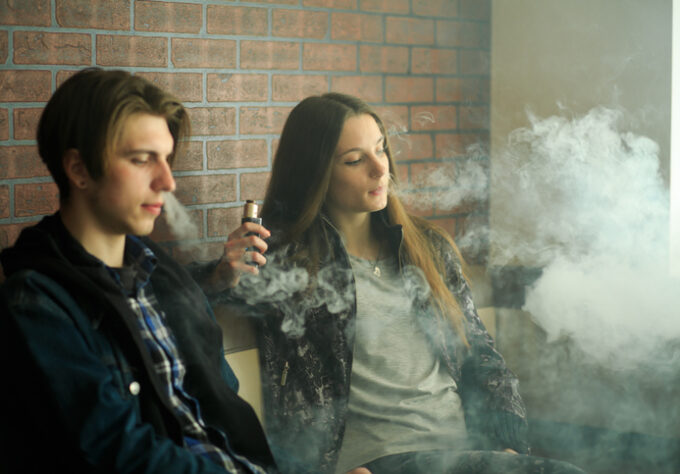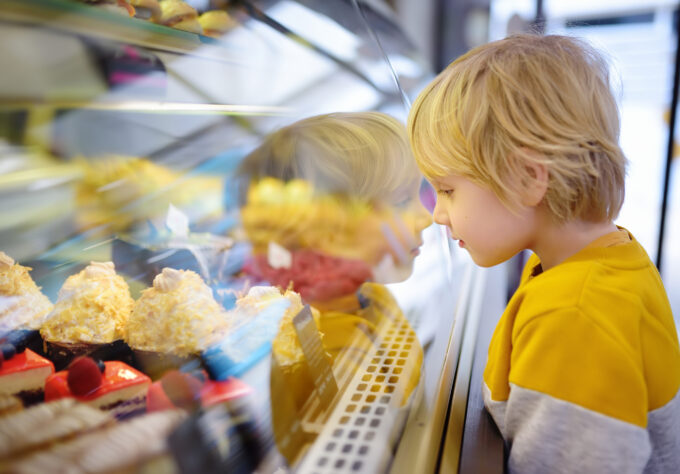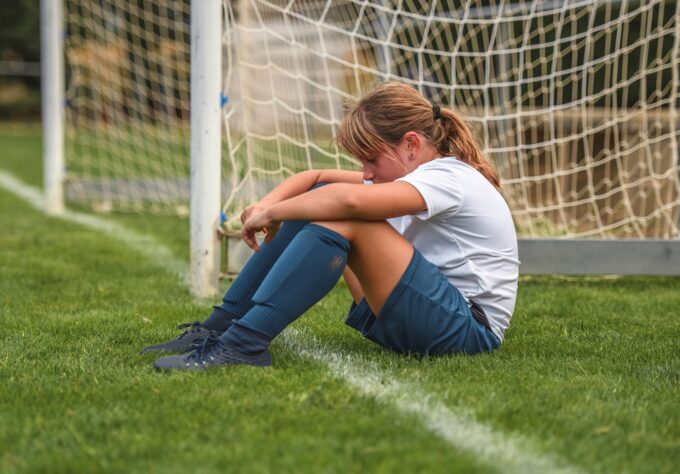If you’re a teen, tween, parent, or just a Netflix aficionado, you’ve likely heard of the new series, 13 Reasons Why. If you haven’t, the premise is that Hannah, a high school student, has already died by suicide when the series begins. She leaves behind 13 tapes for the people she blames for her eventual death. The series shows the people on the tapes working their way through them, and ends with a graphic scene of Hannah taking her own life.
Some are praising this work for suicide awareness. And while suicide awareness is indeed very important and much needed — suicide is the second leading cause of death for young adults — the way this show depicts suicide overlooks important media recommendations offered by experts on the portrayal of suicide. John Ackerman, PhD, suicide prevention coordinator and clinical psychologist at Nationwide Children’s Hospital in Ohio, spells it out further in his blog post 13 Reasons Why: Should Parents Be Concerned About This Netflix Series?
13 Considerations
There are some things you should consider before letting your kids watch 13 Reasons Why, or before starting a discussion about it with them.
The Mighty blog consulted with suicide prevention pros for tips about talking to kids about this show. Here’s a summary of what they shared.
1. The plot is elaborate.
Hannah records and ties together a series of 13 tapes. It’s unlikely that a teen in distress would successfully get through this series of behavior. It becomes drama, when suicide is rarely about drama.
2. There’s real science to the contagion effect of suicide.
Showing Hannah’s graphic suicide is irresponsible, at best. It has been shown that suicide influences other suicide. In plain words: If you’re at risk for suicide, watching Hannah’s suicide scene could be highly influential.
3. Throughout the show, there is no mention of effective suicide prevention (until the last episode and after show).
Every discussion about suicide, even a 45-minute show focused on one, should be followed by specific resources and options for tweens or teens who feel distressed, and should include ways to use those resources.
4. Suicide shouldn’t be portrayed as a sensationalized way to seek revenge or solve problems.
Most teens who attempt suicide feel depressed, like a burden, and are seeking to alleviate this feeling. They are not focused on revenge.
5. Hannah’s tapes give the impression that killing yourself leaves a legacy with clear reasons.
Often, when teens attempt suicide, a combination of risk factors and triggering events led to the decision, and those left in the aftermath don’t get much clarity. The friends and family are often left without answers.
6. Suicide isn’t a typical response to bullying, and bullying alone rarely leads to suicide.
The show intertwines the two very closely. Further, the show skips talking about Hannah’s deeper mental health issues when it makes bullying the pure focus. Kids should feel that there is help and support for bullying outside of suicide.
7. The show comes with a very brief warning of the mature and graphic topics.
Beyond mental health, bullying, and suicide, it also addresses sexual violence, abuse, illegal drug use, and underage drinking. The sexual violence scenes are graphic and emotionally intense. It’s heavy material to be advertised for tweens and teens.
8. Teens should seek help before they’re in the midst of a crisis.
Hannah was dealing with depression, poor self-esteem, bullying, and anxiety as depicted throughout the show. However, her mental health was not addressed directly and she didn’t seek out help before seeing her counselor as a last resort. Encourage tweens and teens to reach out to parents, counselors, or other trusted adults about their feelings even if they’re unsure of the outcome.
9. The adults in the show aren’t portrayed as supportive of Hannah.
Specifically, her counselor tells her that she just needs to move on after she discloses her past trauma to him which may make teens feel like talking to adults is pointless. Teach your kids that even if one adult fails to help them, there are others they can turn to if they need help.
10. The concept of blame is woven throughout the story.
Teens should feel responsible for their actions, but not another teen’s suicide. In the show, Hannah says that despite telling Clay to leave her alone, she wanted him to come back to talk to her. Clay feels guilty about this, and when he asks another teen involved if he killed Hannah, the teen says yes. That message is wrong — no one killed Hannah. Her suicide was likely far more complex than her 13 tapes. The show overlooked her own mental health struggles and purely blamed others.
11. This show reminds us that high school is difficult.
Don’t be afraid to broach these topics and others with your kids. One thing 13 Reasons Why does well is show another main character, Clay, with parents who make an attempt to have family meals and discuss tough topics such as drinking. Talking to your kids openly makes them more likely to come to you when they’re in distress.
12. Yes, suicide awareness is important!
It’s important to talk to kids and to have appropriate media portrayals. Unfortunately, 13 Reasons Why doesn’t do this in an effective way. But you can. Have an open discussion with your teens. Talk about and know the signs of distress.
13. Make sure you and your kids know how to get help if they need it.
Share the resources below and talk to tweens and teens about the availability of those resources.
Learn More
If you’re feeling suicidal or thinking about self harm, please talk to somebody. Try one of these resources:
-
National Suicide Prevention Lifeline: 1-800-273-8255
-
Trans Lifeline: (877) 565-8860
-
The Trevor Project: (866) 488-7386
-
Text “START” to Crisis Text Line: 741-741
-
In Delaware, text “DE”: 741-741
-
Check out Lifeline Crisis Chat.
Help is always available 24 hours a day via any of these resources.
If you’re interested in what the media should be doing, visit the American Foundation for Suicide Prevention.



